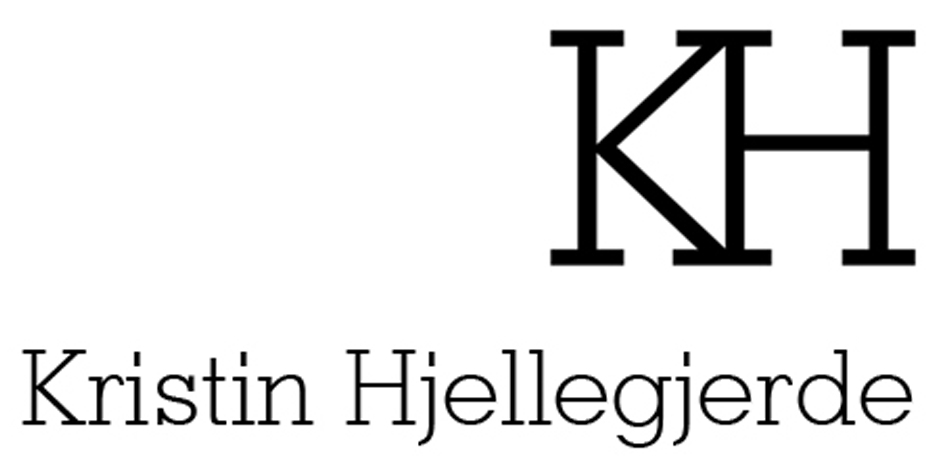Private View: Saturday, 1st of November 2025, 4-6pm
West Palm Beach (Florida, USA)
Also, What Are We Wearing?
Drumbeats reverberating through a crowd, a dazzle of colour, the jangle of beads and high-stepping hooves. 'Also, What Are We Wearing?', Modupeola Fadugba's solo exhibition at Kristin Hjellegjerde West Palm Beach transports us to the Ojude Oba festival, a riotous annual celebration of Yoruba heritage, honouring the Awujale, the paramount ruler of the Ijebu people. Known for its elaborate equestrian processions, resplendent attire and communal traditions, the festival is a vibrant, bustling occaison. Following her solo exhibition 'Of Movement, Materials and Methods' at Gallery 1957 in London, which captured the festival's energy and choreography, Fadugba now explores the intimate acts of preparation that precede the spectacle. What happens before we step into the public eye? How do the choices we make reflect our identities and heritage?
As in her earlier work with swimmers, this latest body of work emerges from site-specific cultural research. Fadubga spent time in Yorubaland, living and working among local artisans - tailors, beadworkers, saddle makers - learning not only how objects are made but how these practices are bound up in histories, identities and place. Though these people may never ride in the parade, their labour is inseparable from its beauty. An intricately beaded saddle floating in mottled surface - Fadugba's signature burnt raw canvas - pays tribute to their stories by not only holding up the saddle as an object to be admired and studied on its own terms, but as part of an ongoing and evolving creative process, one that is as fragile as it is transformative.
The beadwork as seen in this exhibition is the result of the artist seeking out mentorship: as a way of not just expanding her own practice, but of also embedding herself within the artisanal communities she depicts. Working closely with a self-trained textile and bead artist, Fadugba uses beads not just as decoration but as material, surface and symbolism. In Headed to the Dressing Room, the horse's body is composed entirely of beads that ripple and swirl, evoking the movement of muscle while also highlighting the central role played by these animals within the festival. Elsewhere, in Agbada Men II - a work depicting a sea of figures wearing identical green outfits, a nod to the concept of asoebi (coordinated attire worn by groups as a principle of collectivity, reprtition and identity) - the beads become the frame. Here, they serve to contain, unify and elevate the image, but the boundary is also unsettled by patches of burnt canvas and by a fringe of loosely hanging beads, again suggesting notions of precarity and change.
In this way, Fadugba resists fixedness: her interest lies less in documenting objects or events than in capturing the lived, embodied experience of tradition in motion. Faces are abstracted, canvases charred, forms fluit. Every saddle, garment and bead carries traces of hands, histories and cultural memory, linking past and present in a living tradition. In encountering these works, we glimpse the care that precedes performance and the beauty that emerges from preparation, inviting reflection on what it means to belong and to carry tradition forward.


